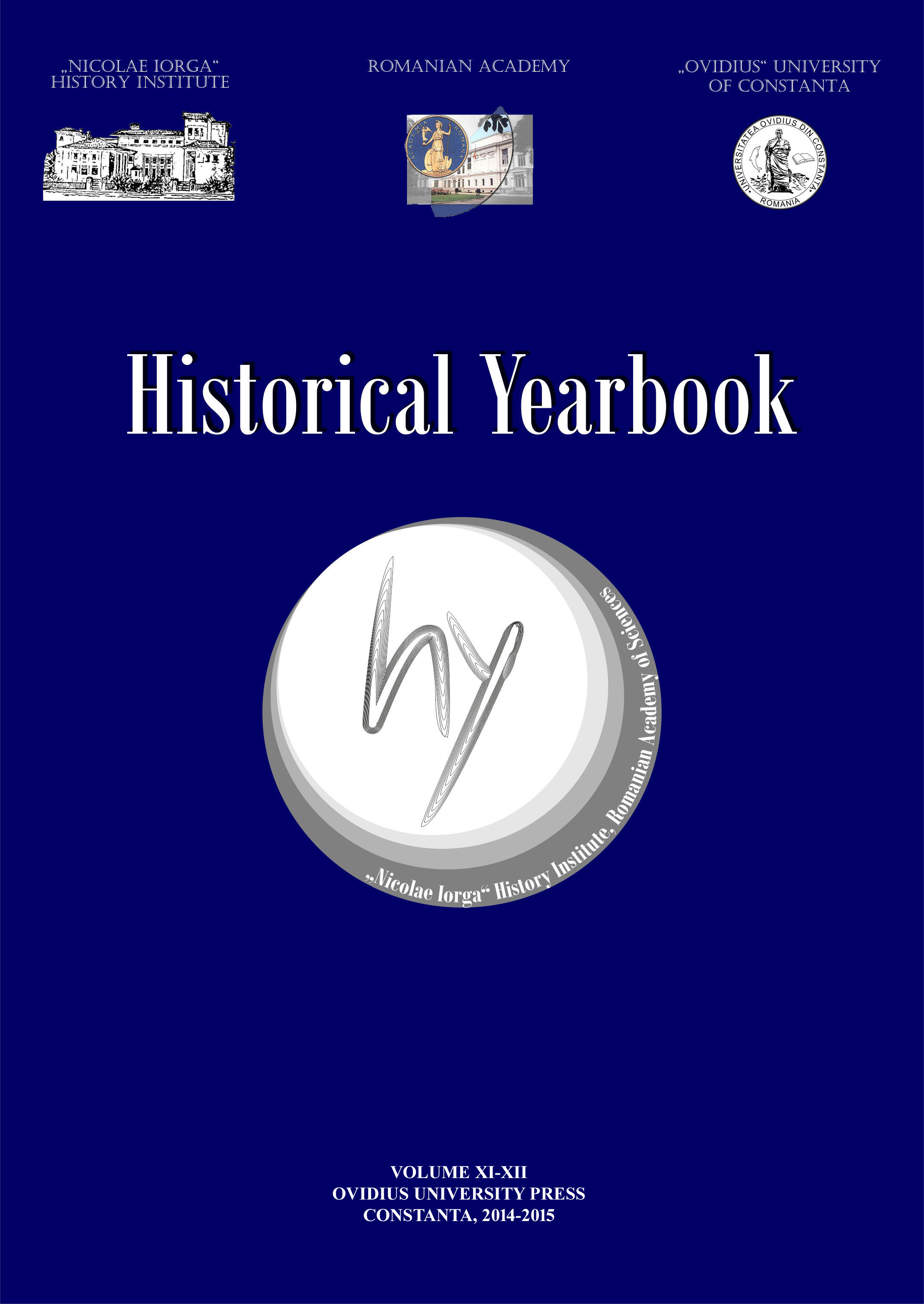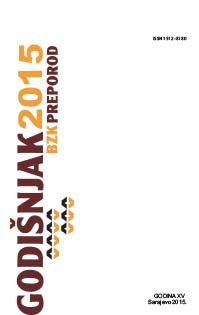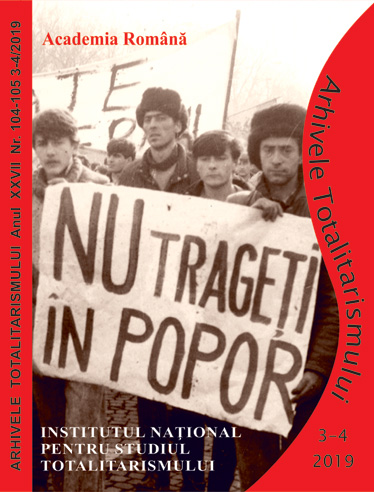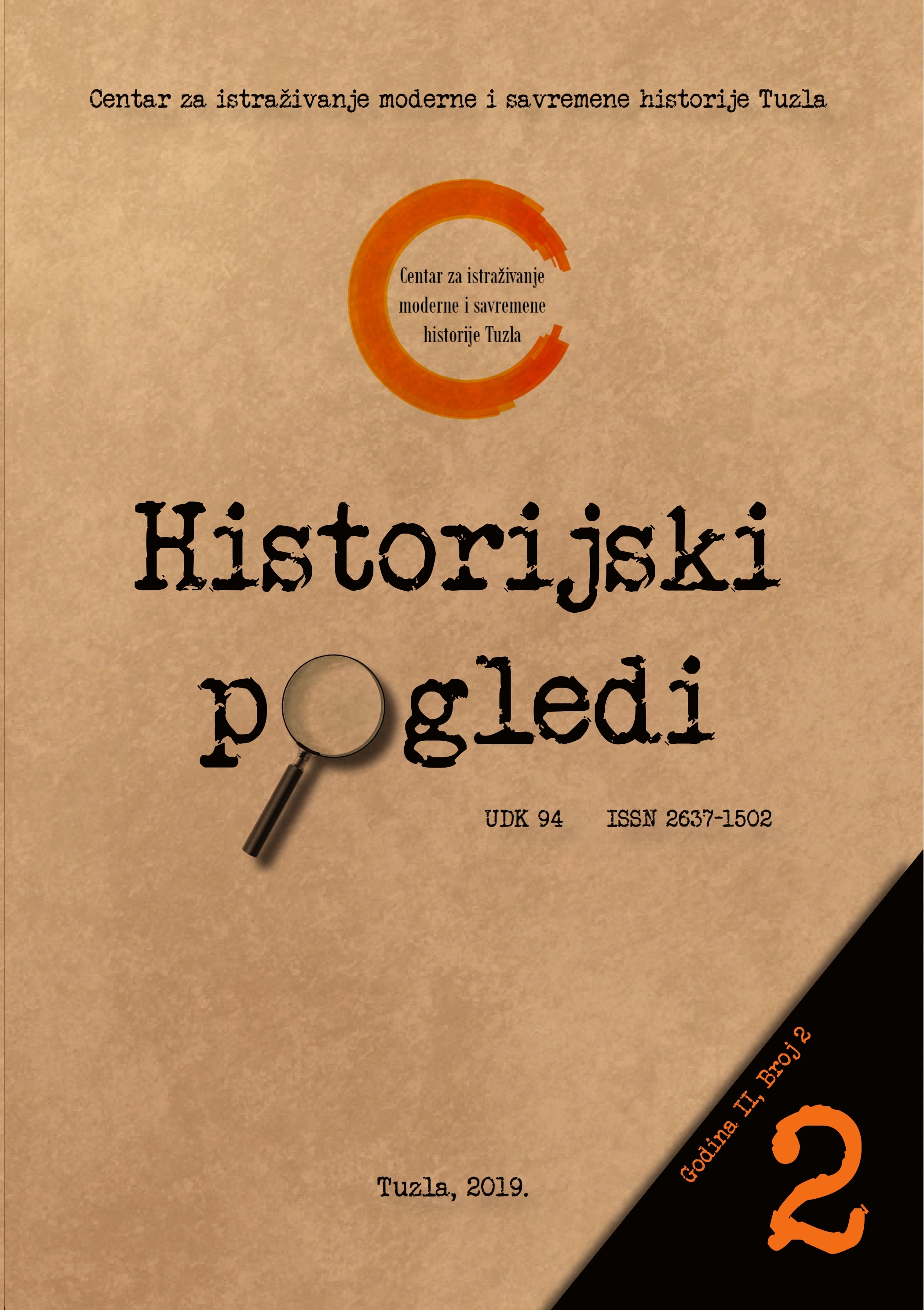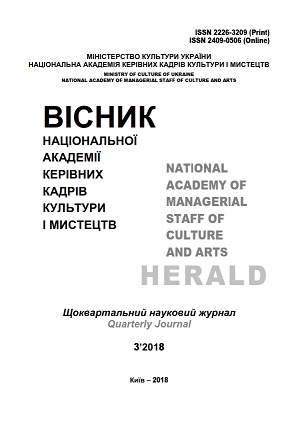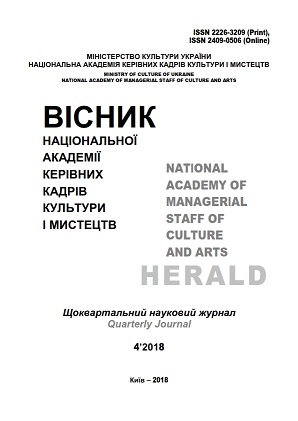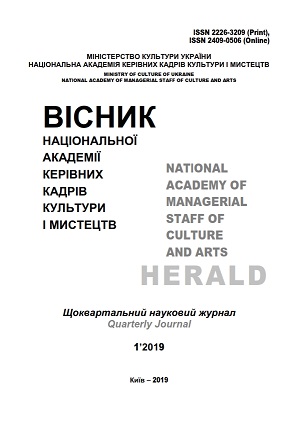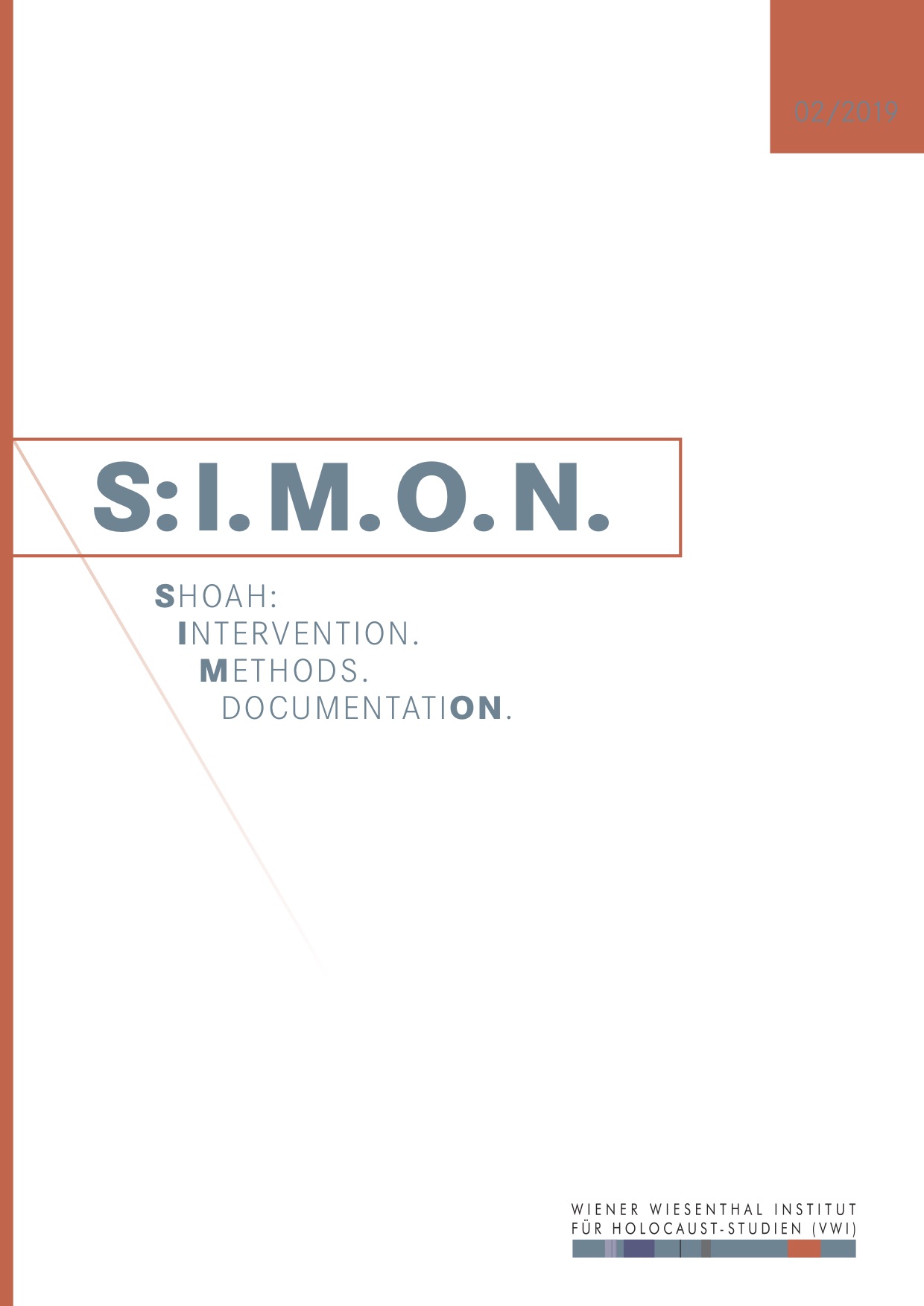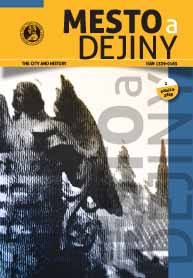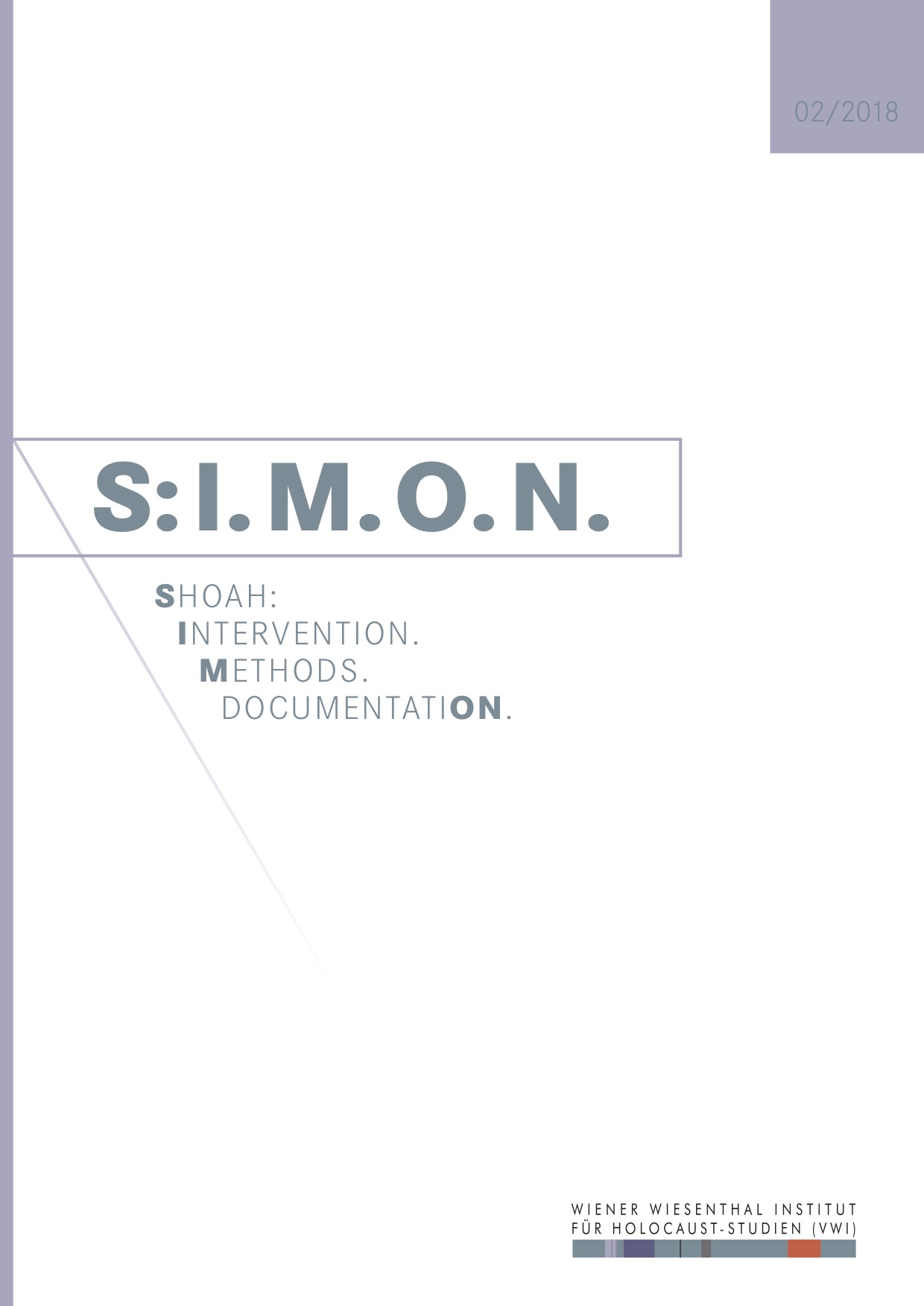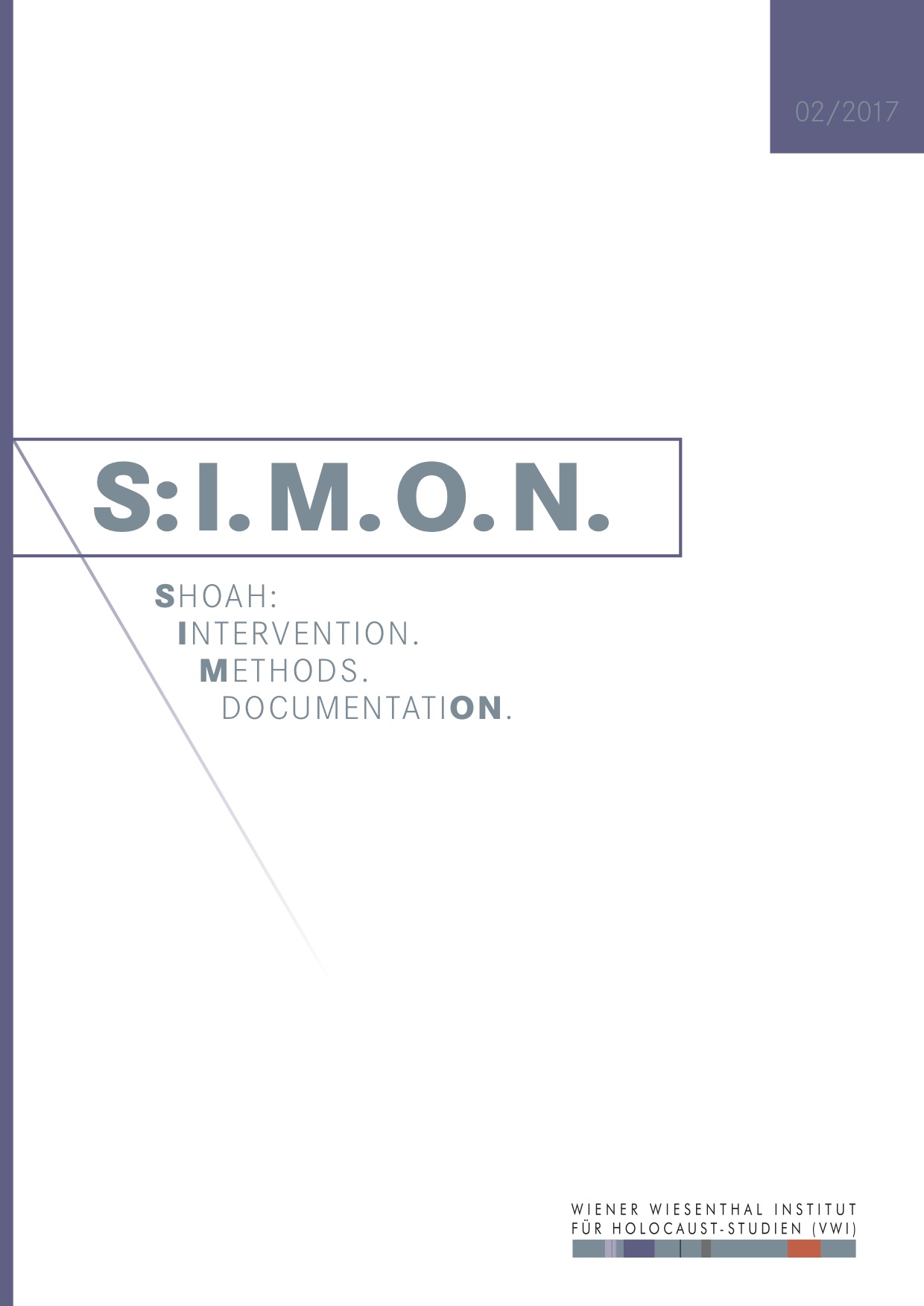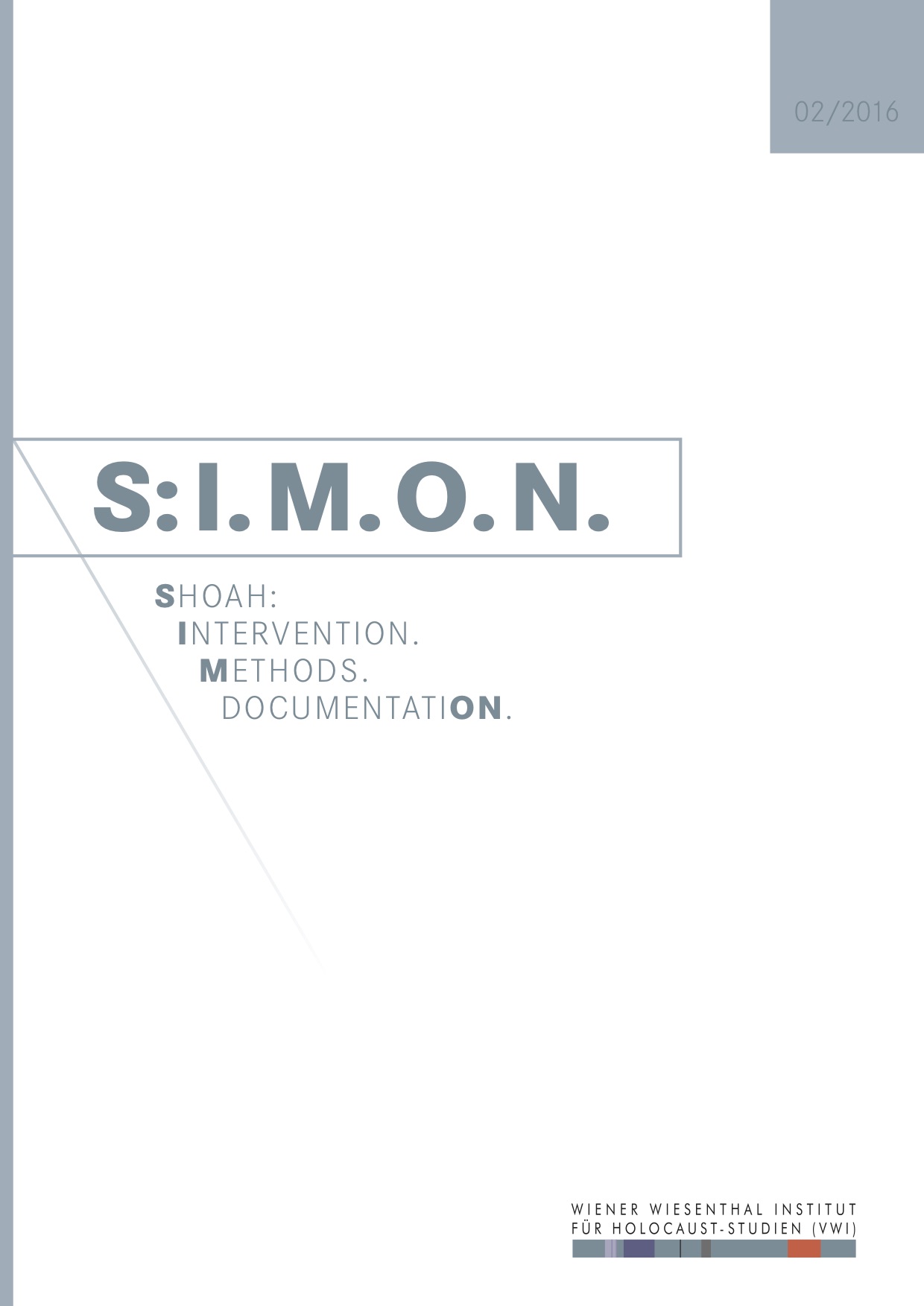Author(s): Serhіy Kharitonovich Lytvyn / Language(s): Ukrainian
Issue: 4/2018
The purpose of the article is to analyze the existing memoirs and memories of the life and activities of the Chairman of the Directory and the Chief Ataman of the troops of the Ukrainian People's Republic Simon Vasilyevich Petliura and determine their role and place in the study of his personality. Convinced that the time had come to objectively and impartially evaluate this outstanding figure of the Ukrainian revolution of 1917-1921. The author set himself the goal of refuting scientific and ideological stereotypes and traditional postulates accumulated over the century around Petliura, realizing that this can only be done by studying diverse, previously unknown sources, including memoirs and memories, and then bringing truthful contemporaries to future generations testimony about his life and work. Methodology. The research methodology is to use a combination of methods: dialectical, analytical, historical, biographical, comparative. This methodological approach allowed us to analyze memoirs and memories retrospectively and, through them, trace the life and career of S. Petliura and draw the appropriate scientific conclusions. The scientific novelty of the results obtained consists in the comprehensive coverage of memoirs and memories of Simon Petliura to refute the established myths, establish the truth and provide the most objective and time-tested assessments of his personality. Scientific findings on the nature, characteristics, and objectivity of the studied memoirs and memories, and the rationale for the need and feasibility of their further study. Conclusions. Memoirs and reminiscences of the life and activities of S. Petilura significantly expand the source-study base as a whole about the national liberation struggle of the Ukrainian people since the Ukrainian revolution of 1917-1921 and its figures, and about S.Petlyure, in particular. The author’s subjective vision of memoirs and memories of historical reality and historical personalities, his compliance with the own political views, ambitions, and preferences requires a critical attitude to what is written. A crucial objective analysis of memoirs and memories as historical sources, clarification, and verification of the facts contained in them, using primarily archival sources, documents, and modern research, will successfully overcome these shortcomings.
More...
